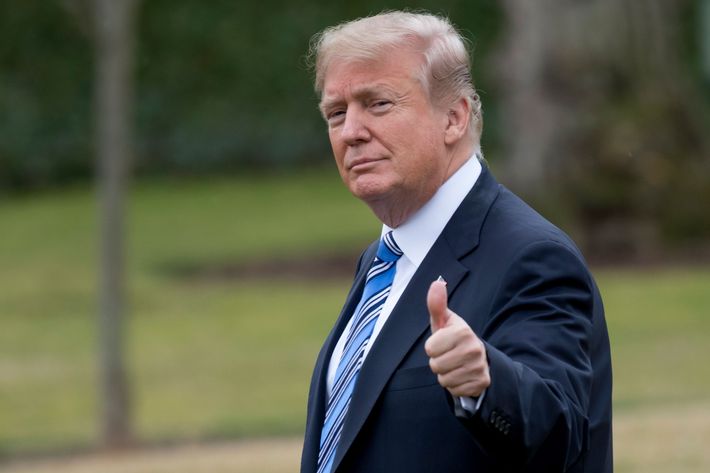Populism in the 21st century is as much a reaction to globalization as its late-19th-century version. While the backlash in the United States and Europe differs in specific details, the broad outlines are similar. Large segments of the workers in these advanced economies — older, less-skilled manufacturing employees and the communities they live in — have seen their earnings decline or stagnate and their relative social status take a big hit. These groups see governments as increasingly in the pocket of financial and business elites, the big winners of globalization. The discontent in turn fuels populist leaders who promise to wrest control from faceless global market forces and re-empower the nation-state.
The populist backlash unleashed by advanced stages of economic globalization should not have been a surprise, least of all to economists. The warning signs are right there in the basic economic theory we teach in the classroom. Yes, globalization expands economic opportunities: There are gains from trade. But globalization also entails stark distributional consequences, with some groups almost always left worse off. Factory closings, job displacement and offshoring are the flip side of the gains from trade.
What is more, these redistributive effects loom larger relative to the overall economic gains as globalization advances and trade agreements begin to aim at less consequential barriers. In other words, in its late stages, globalization looks less and less as if it is expanding the overall economic pie and more and more as though it is simply taking money from some groups and giving it to others.
In principle, an active government can take the edge off the resentment produced by redistribution. In Western Europe, an extensive welfare state has historically provided the safety nets that in turn enabled levels of economic openness that are much higher than in the United States. But often the response of the government has been to plead incapacity in the face of inexorable global economic realities: “We cannot tax the winners — the wealthy investors, financiers and skilled professionals — because they are footloose and they would move to other countries.” This reinforces populists’ yearning to reassert national economic control.
William Jennings Bryan ultimately failed in his quest for the presidency, and the People’s Party imploded because of regional and ideological divisions. But many of the Populists’ economic ideas, such as the progressive income tax, regulations on big business and much greater government control of the economy, were absorbed by the progressive movement and became part of the political mainstream.
It wasn’t until 1933 that the Populists’ main plank, the end of the gold standard, was adopted. By then the United States was mired in the Great Depression, and Franklin D. Roosevelt had decided the economy needed the monetary boost that adherence to the gold standard precluded. Internationalists complained that Roosevelt acted unilaterally, but he had little patience with orthodox economic ideas or shackles — foreign or domestic — on his conduct of economic policy. At home, he had to fight conservative courts to put his New Deal reforms in place.
By his day’s standards, and perhaps also today’s, Roosevelt was an economic populist. But the New Deal reinvigorated the market economy and saved capitalism from itself. It may also have saved democracy, as it helped staved off the dangerous demagogues and chauvinist ideologues, of which there were plenty (such as Father Coughlin and Huey Long).
The lesson of history is not only that globalization and the populist backlash are tightly linked. It is also that the bad kind of populism spawned by globalization may require a good kind of populism to fend it off.
President Trump and his European counterparts have capitalized on the economic difficulties of the middle and lower-middle classes by wrapping them in narratives that exploit prevailing ethno-nationalist prejudices. In the United States, they attribute declining wages and job prospects to Mexican immigrants, Chinese exporters and the federal government’s preoccupation with minority groups at the expense of the white middle class. In Europe, they lay the blame for the erosion of the welfare state and public services on competition from immigrants and refugees. But none of this really helps the middle and lower-middle classes. Worse, the illiberal politics of the strategy undermines democracy.
If our economic rules empower corporations and financial interests excessively, then the correct response is to rewrite those rules — at home as well as abroad. If trade agreements serve mainly to reshuffle income to capital and corporations, the answer is to rebalance them to make them friendlier to labor and society at large. If governments feel themselves powerless to institute the tax policies and regulations needed to address the dislocations caused by economic and technological shocks, the solution is not just to seek more national autonomy but also to deploy it toward such reforms.
A populism of this kind can seem like a frontal attack on the economic sacred cows of the day — just as earlier waves of American populism were. But it is an honest populism that stands a chance of achieving its stated objectives, without harming fundamental democratic norms of tolerance and equal citizenship.


